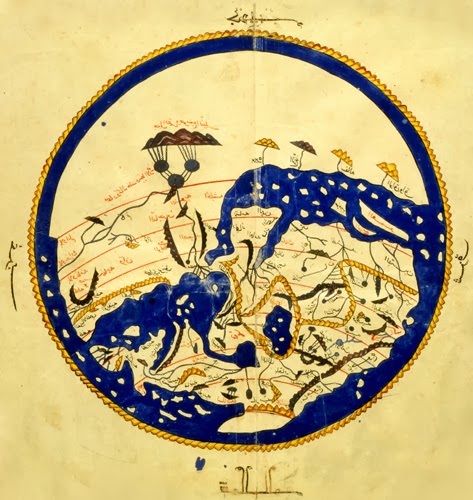 |
| Great, AP. I'll set my alarm for that. |
I'm not talking about Halloween. I'm talking about the End of Daylight Saving Time, the evil twin of the Beginning of Daylight Saving Time. Oh, who am I kidding? They're each other's evil twin.
The Weekend of Confusion is at hand for us in the Northern Half of the Western Hemisphere (minus parts of Mexico, which suffered through this mess a week ago). If you live in most regions of the NH of the WH, before you go to bed on Saturday night, you must turn your clock back one hour.
Or, if you're a real purist, turn the clock back one hour at 2 am Sunday morning.
Back. One hour. Not forward. Back. As in "Let's live this hour all over again."
Why do we do this Daylight Saving Time spring-ahead fall-back business twice a year? Yes, it's confusing, but it's got to be worth it, isn't it?
Well, isn't it?
At least it's comforting to know that we NH WH-ians are not alone in the horological horror show. Many Europeans were wandering around confused last Sunday. Australia suffered through time madness earlier this month (only it was the beginning of Daylight Saving Time, because, well, yes, exactly).
But you may be interested to know that many Asian, African, and South American countries just skip the whole business. Russia, for instance, doesn't go through this nonsense in any of its twelve time zones. So it's not as if the world will collapse if we don't mess with our clocks twice a year.
If you're looking to see who's in this clock-changing situation and who's not worldwide, you can browse here. And if you're a NH WH-ian, take a deep breath before calling your friends in any other world regions this weekend. Remember, you're probably just a little on edge.
 |
| Thanks, Cleveland Plain Dealer, for making things even more complicated. I understood there would be no math. |













